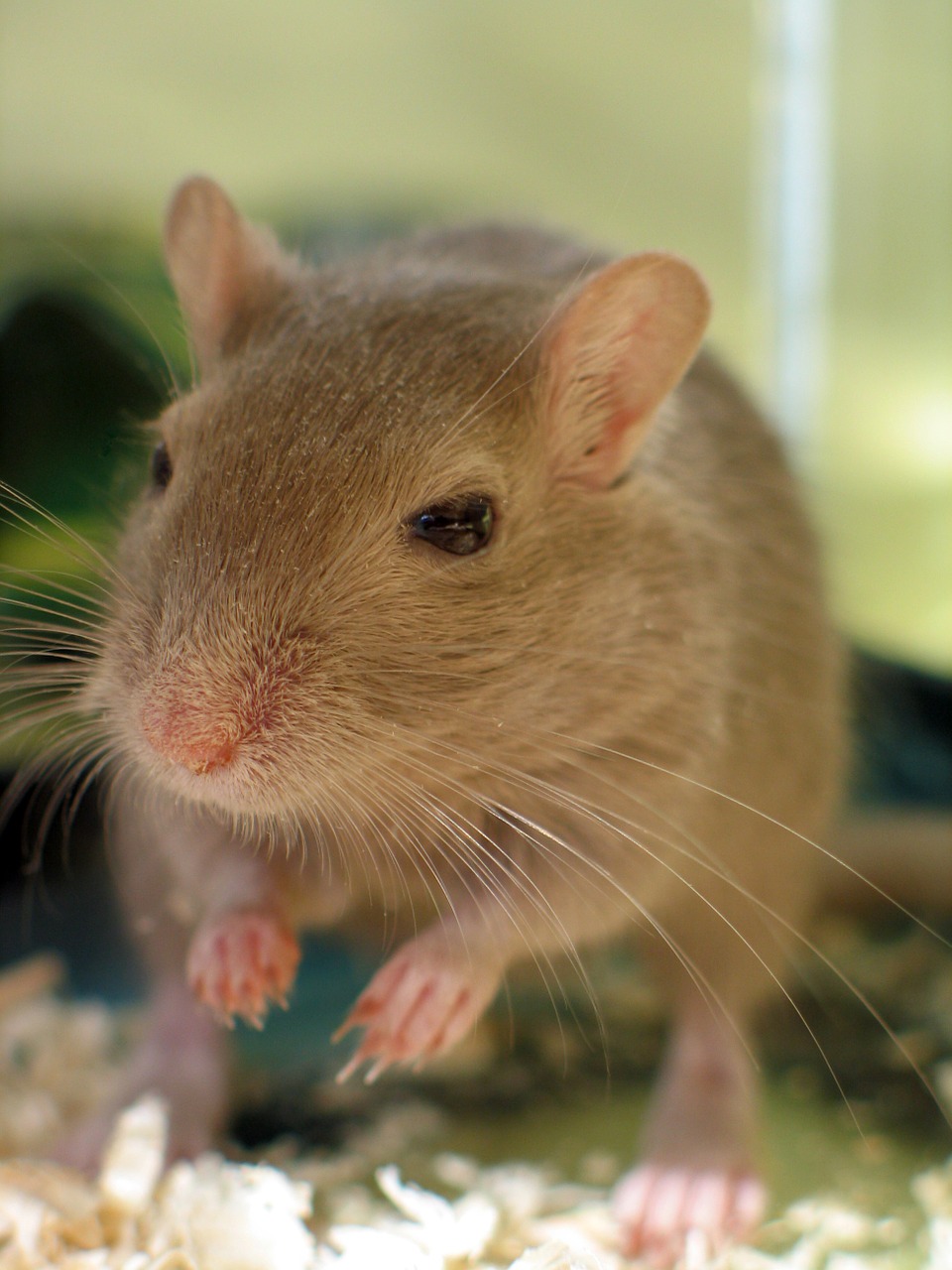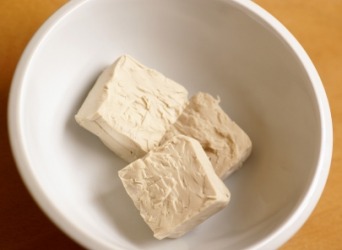Microbial spoilage can impart non-desirable aromas in wine
Go back to the Wine Aroma Dictionary
This part of the dictionary explores wine aromas due to microbial spoilage occurring during winemaking or aging. Most of these aroma descriptors are considered wine faults; However, at low concentrations, some wine tasters seem to believe they contribute to the overall complexity of the wine sensory profile.
This is still a work in progress and we will regularly add new descriptors extracted from the wine flavor wheel .

- Aroma : Horsey-Barnyard
- Category : Microbial
- Type : Other
- Aroma Definition: Considered as a wine fault and often described as “animal,” “barnyard,” or “sweaty horse” when the taint compounds are present in high concentration or as “medicinal,” “BandAidTM,” or “smoky” when the compounds are less abundant.
- Origin: This wine fault comes from the presence of Brettanomyces yeast that can metabolize grape compounds into 2 volatile phenolic compounds, 4-ethyl phenol (4EP) and 4-ethyl guaiacol (4EG). Brettanomyces yeasts share the same habitat as Saccharomyces Cerevisiae, the yeast fermenting grape juice sugar into wine alcohol. These yeasts were found in beer in the early 1990s and mostly researched as a wine spoiling agent. However, recent studies showed that some strains could impart also pleasant floral notes in wine, depending on the yeast strains and the substrate they fedd on (Joseph et al. 2017).
- Wine styles: The taint can affect all styles of wine. The Brett character was found in certain red wines produced in France, in the Rhone or Bordeaux, back in the days were winery sanitation protocols were not optimized.
- Aroma Standard: 4-ethyl phenol is mostly used at low concentration. A bandaid also carried this order and a visit to a horse farm will definitely train your nose.
Joseph CML, Albino E and Bisson LF. 2017. Creation and use of a Brettanomyces Aroma Wheel. Catalyst 1:12- 20.

- Aroma : Mousy
- Category : Microbial
- Type : Other
- Aroma Definition: An off-flavor reminiscent of rodent urine (dirty mouse cage), and grilled foods, such as popcorn, rice, crackers, and bread crust, depending of the compound responsible, their concentrations and the wine style.
- Origin: To date, three N-heterocycle bases, namely 2-acetyltetrahydropyridine (ATHP), 2- ethyltetrahydropyridine (ETHP), and 2-acetyl-1-pyrroline (APY) have been identified as being responsible for the mousy off-flavor in wine.
- Wine styles: Any wine style
- Aroma Standard: No suggestion at this moment. Walking the aisle of a pet store close to the mouse pet cages maybe.

- Aroma : Leesy
- Category : Microbial
- Type : Yeasty
- Aroma Definition: Leesy is actually not a wine fault and evokes the aroma of wine lees, which are made of dead and dying yeast cells, which naturally concentrate when the wine fermentation is complete.
- Origin: Lees are usually removed from the finished wine by racking the containers used for fermentation. However, some winemaking styles favour “sur lies” (on lees aging) as the wine gains in flavor concentration and mouthfeel characteristics. The risk is to develop undesirable aromas of rotten egg if the wine is not aerated regularly (operation is called bâtonage, after the French term).
- Wine styles: White wines on lees such as Chardonnay or Muscadet, sparkling wines for which the second fermentation in the bottle is made on lees and made keep such an aromatic character.
- Aroma Standard: This is a tough one. If you are close to a winery, you can go and ask to smell lees after a tank has been racked.
Image credit: Agne27 at the English language Wikipedia

- Aroma: Baker’s yeast
- Category: Microbial
- Type: Yeasty
- Aroma Definition: while lees evoke the aroma of dead yeast, baker’s yeast aroma evokes a fresher smell, similar to the bread starter used to make the bread dough.
- Origin: Likely from the yeast strain and its fermentation activities. It's not a wine spoilage per se at low concentration.
- Wine styles: I often smell baker’s yeast in Chardonnay wines or sparkling wines
- Flavor Standard : If available, add some active bread yeast into warm water. Sit for a few hours and add some white wines.
Image credit: images.yourdictionary.com
Learn more about how to make your own wine aroma kit.
Home > Wine Aroma Dictionary > Microbial

